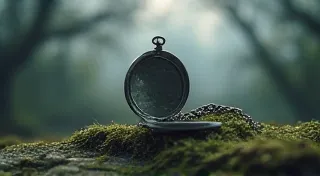DIY Grafting: Propagating Dwarf Fruit Trees in Containers
Learn the basics of grafting dwarf fruit trees to create your own unique varieties.
Introduction to Grafting Dwarf Fruit Trees
Want to expand your collection of dwarf fruit trees or create a unique variety? Grafting is an incredible technique that allows you to combine the best qualities of two different trees. It might sound intimidating, but with a little practice, even beginner gardeners can successfully graft dwarf fruit trees in containers. This guide breaks down the process for you. Before you dive in, consider the impact of container size – as discussed in Container Size Matters: A Comprehensive Guide to Potting Dwarf Fruit Trees, selecting the right pot is crucial for the rootstock's health.
What is Grafting?
Grafting is essentially joining two plant parts to grow as one. It involves joining the scion (the desired fruit-bearing variety) to the rootstock (the root system). The rootstock provides a strong base and often provides disease resistance or compact growth habits – ideal for container gardening. The scion provides the desired fruit type, color, and flavor.
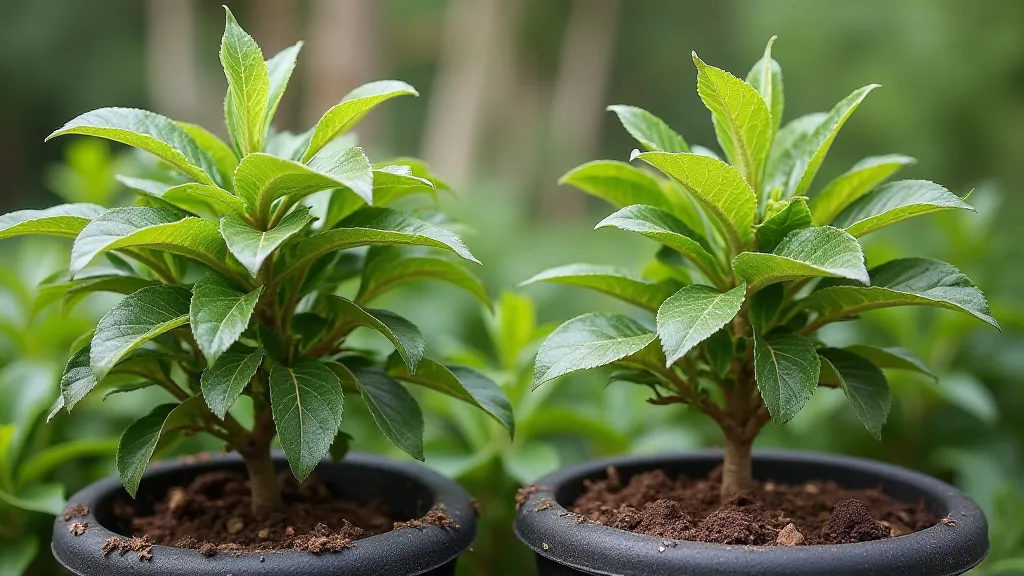
Why Graft Dwarf Fruit Trees in Containers?
- Expand Your Collection: Create unique varieties not readily available.
- Combine Desirable Traits: Join a disease-resistant rootstock with a delicious fruit variety.
- Control Growth: The rootstock will dictate the overall size, perfect for container growing.
- Propagate Favorites: Duplicate a particularly fruitful or flavorful tree.
Essential Tools and Materials
- Sharp Grafting Knife: A very sharp knife is crucial for clean cuts.
- Grafting Tape or Rubber Bands: To secure the graft union.
- Grafting Wax or Sealant: To protect the graft union from drying out and disease.
- Rootstock: A dwarf rootstock suitable for container growing (e.g., M27, G.41).
- Scion Wood: Dormant, healthy wood from the desired fruit variety. Collect this in late winter or early spring.
- Rubbing Alcohol: For sterilizing your tools.
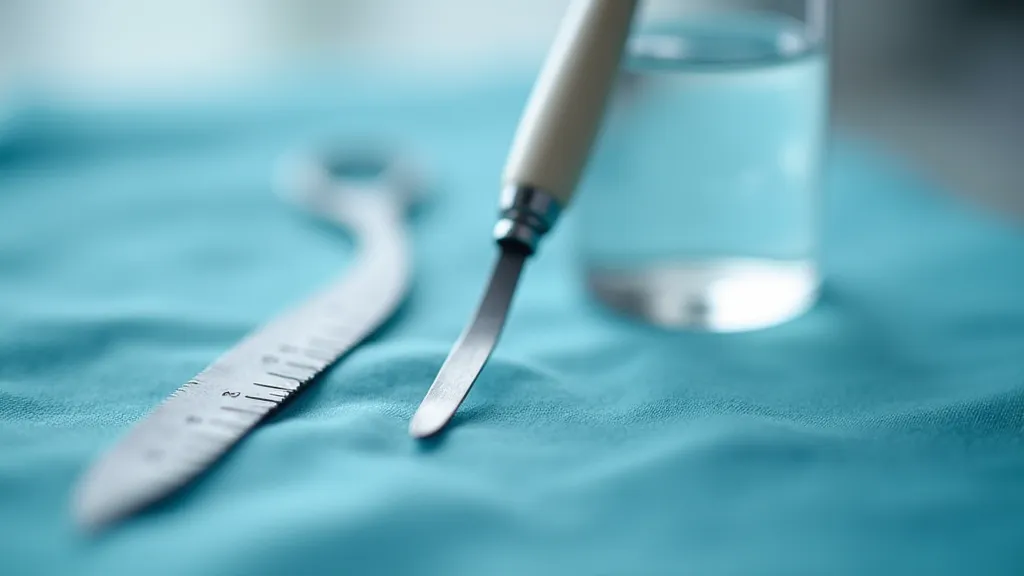
The Grafting Process: A Step-by-Step Guide
- Prepare Your Tools: Sterilize your grafting knife with rubbing alcohol.
- Prepare the Rootstock: Choose a healthy rootstock. Make a smooth, angled cut across the stem.
- Prepare the Scion: Select a scion with 2-3 buds. Make a matching angled cut on the base of the scion.
- Join the Scion and Rootstock: Carefully align the cut surfaces of the scion and rootstock. The cambium layers (the actively growing tissue just under the bark) must meet. This is the most critical step!
- Secure the Graft Union: Wrap the graft union tightly with grafting tape or rubber bands.
- Seal the Graft Union: Apply grafting wax or sealant to all exposed cut surfaces to prevent drying out and disease.
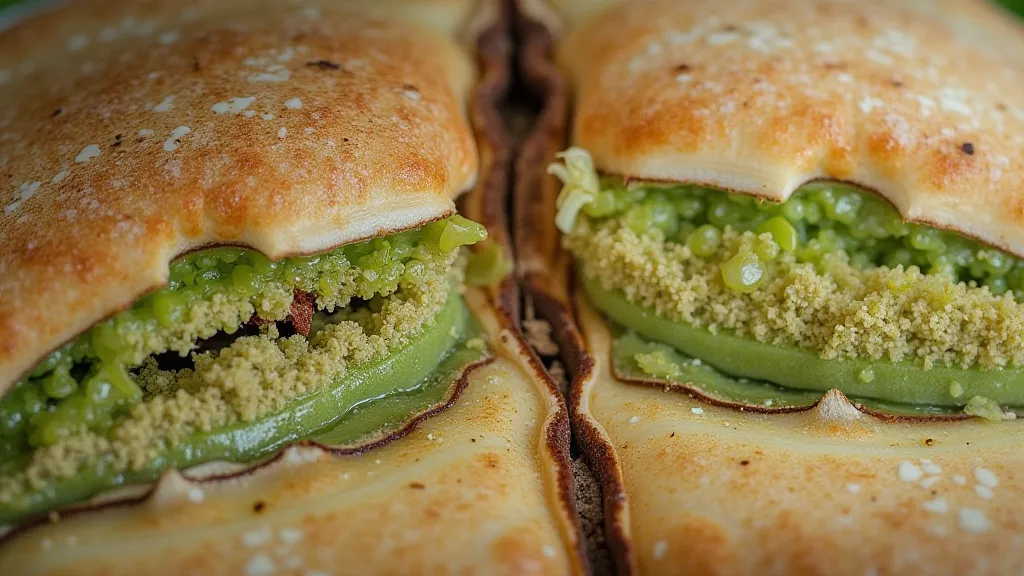
Aftercare and Tips for Success
Successful grafting isn't just about the technique; it’s also about providing the right conditions for the newly grafted tree to thrive. Ensuring the right soil mixture and consistent watering are vital, and these are just some elements described in detail in Essential Container Gardening Tips for Dwarf Fruit Trees: Soil, Watering, and Fertilizing. Furthermore, the initial stages require careful observation.
- Protection: Protect the newly grafted tree from harsh weather and pests.
- Moisture: Keep the soil consistently moist, but not soggy.
- Observation: Watch for signs of rejection (wilting, discoloration). If rejected, try again with fresh scion wood.
- Remove Tape: After several weeks, carefully remove the grafting tape or rubber bands, but leave the wax/sealant in place.
Beyond basic care, understanding the seasonal rhythms of fruit trees can be enlightening. For gardeners seeking a deeper connection with nature’s timing, exploring themes of constraint and seasonal influence, as described in The Gnomon's Whisper: Seasonal Rhythms and the Art of Fruitful Constraint, can inspire unique approaches to orchard management.
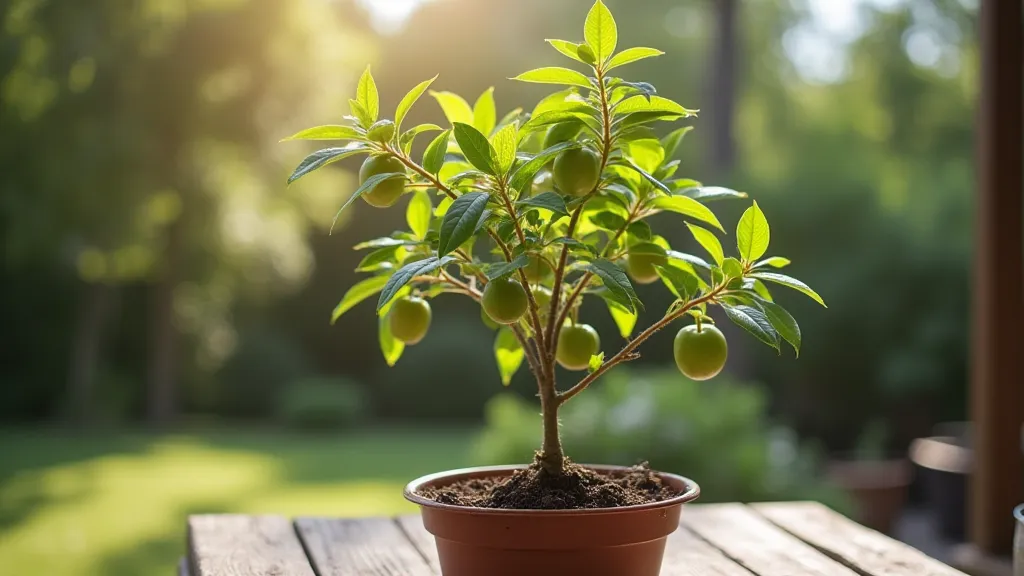
Troubleshooting Common Grafting Issues
Even with careful execution, sometimes grafts fail. Understanding why is key to improving your success rate. Common causes include mismatched cambium alignment, disease, and improper aftercare. Make sure you’ve used sharp, sterile tools to minimize the risk of infection. Also, be certain the rootstock and scion are compatible – some varieties are simply not graft-compatible. If you’re struggling, revisit the basics, ensuring each step is performed correctly. Remember, patience and persistence are essential.
Advanced Grafting Techniques
Once you’ll mastered the basic whip and tongue graft, there are countless other grafting techniques you can explore. These include cleft grafts, side veneer grafts, and approach grafts, each suited to different scenarios and plant types. These advanced techniques often require specialized tools and a deeper understanding of plant physiology but can open up exciting possibilities for creating truly unique fruit trees. Consider researching these more complex methods once you’re comfortable with the fundamentals.
Conclusion
Grafting dwarf fruit trees in containers opens a world of possibilities for gardeners. While it requires precision and patience, the reward of creating your own unique varieties is well worth the effort. With practice, you're well on your way to expanding your container fruit orchard! The health and vigor of your grafted trees are intrinsically linked to how you care for them, ensuring you pay close attention to nutrient requirements and environmental factors. Remember, consistent monitoring and adjustments as needed will help you achieve a bountiful harvest.
